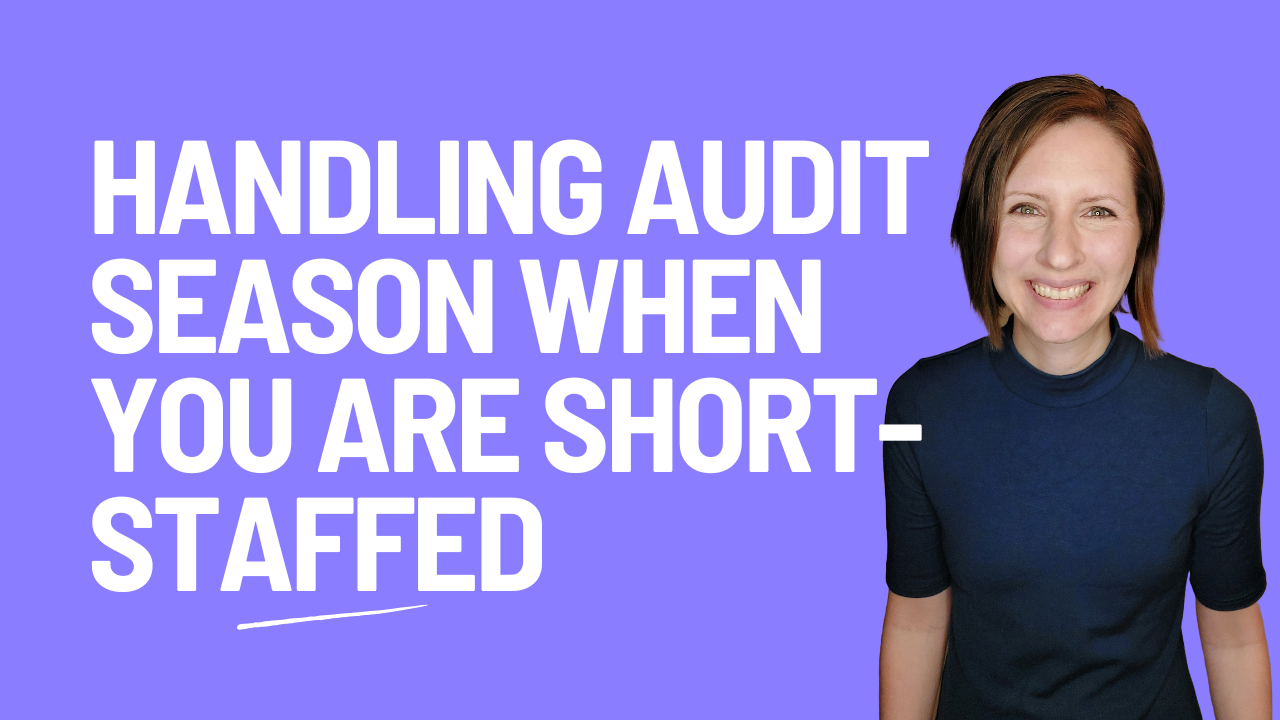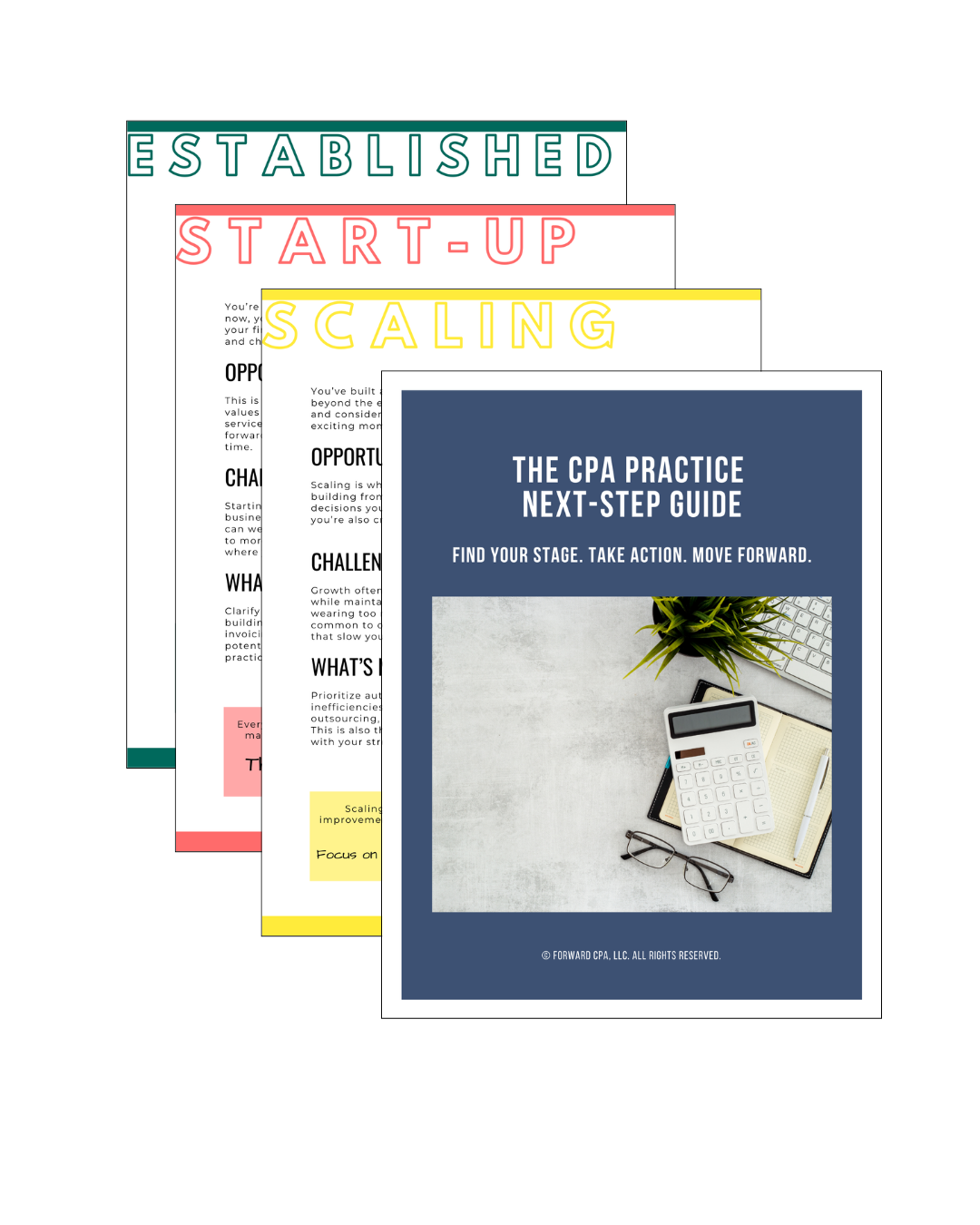Explaining Your Trial Balance to the Auditor: What You Need to Know
Aug 15, 2025
If you’ve ever sent your trial balance to the auditor and gotten a list of follow-up questions you weren’t expecting, you’re not alone.
The trial balance is one of the first things your auditor looks at—and it’s one of the most important. It’s the foundation of the entire audit. But if the format is unclear, the accounts aren’t grouped properly, or year-end entries are missing, it can create confusion, delays, and extra work on both sides.
The good news? You don’t need to be a CPA to prepare a clear, audit-ready trial balance.
You just need to understand what your auditor is looking for—and how to explain it with confidence.
Here’s what you need to know.
What Is the Trial Balance—and Why Does It Matter?
The trial balance is a report that lists all the accounts in your general ledger and their balances as of the end of the fiscal year. It’s your financial “snapshot” that the auditor uses to:
-
Tie out workpapers
-
Identify account groupings
-
Recalculate rollforwards
-
Trace adjustments and disclosures
If the trial balance is inaccurate or unclear, it slows everything else down.
1. Make Sure the Trial Balance Is Final
Before you send it, make sure your trial balance reflects all final journal entries, including:
-
Year-end accruals
-
Adjustments for accounts receivable/payable
-
Payroll liabilities
-
Reclassifications
-
Audit entries from the prior year (if applicable)
If changes are still pending, let your auditor know—and avoid sending multiple “working” versions.
✅ Tip: Include a label like “FY24 Final Trial Balance – Posted 8/31/24” in the file name or header to avoid confusion.
2. Include All Funds, Not Just Major Ones
Even if some funds have minimal activity, auditors need to see the full picture. Omitting internal service funds, student activity accounts, or capital project funds can cause tie-out issues later.
✅ Tip: Make sure your trial balance includes every fund and account used during the year—even if the balance is $0.
3. Use Clear Account Numbers and Descriptions
Many trial balances pull directly from your software and use abbreviations or short codes that don’t make sense to someone outside your system.
If account names like “F12-ARCF” or “EXP-2254A” show up in the export, consider including a legend or using a format with clear descriptions.
✅ Tip: Add columns for:
-
Fund number and name
-
Account number and name
-
Debit/credit amount or net balance
4. Organize It by Fund or by Type—Not Randomly
A well-organized trial balance helps your auditor tie out balances quickly and understand how your accounts flow into the financial statements.
✅ Recommended Formats:
-
By fund, then by account type (e.g., cash, receivables, liabilities, revenues, expenses)
-
Or grouped by account type across all funds (for reporting-level analysis)
Just make sure it’s consistent—and that subtotals for each fund are clear.
5. Reconcile It to Supporting Reports
When your trial balance ties to your general ledger, your bank reconciliations, and your account schedules, the audit moves faster.
Before sending your trial balance, cross-check it against:
-
Final bank recons
-
Payroll reports
-
AP and AR aging
-
Capital asset and debt schedules
-
Last year’s audited ending balances
If something looks off, flag it up front and explain what changed.
6. Provide Context Where Needed
Even a clean trial balance can raise questions if something is unfamiliar. If you know there were:
-
New funds added
-
Major budget shifts
-
One-time grants
-
Significant variances from prior year
-
Fund balance reclassifications
…give your auditor a quick heads-up in a short memo or cover email. It saves time later and builds trust.
Clarity Is Just as Important as Accuracy
You don’t have to prepare your trial balance like an auditor.
You just need to organize it in a way that helps your auditor understand it quickly and clearly.
When your trial balance is complete, final, and easy to follow, the entire audit process becomes faster, smoother, and less stressful for everyone involved.
And the best part?
Once you’ve built a clean, audit-ready trial balance this year—you can use the same structure every year going forward.
Your Next Step Forward
Join the newsletter designed to help CPAs take the next best step in building a practice they love, with practical insights, game-changing tools, and quick wins in every email.
We hate SPAM. We will never sell your information, for any reason.




